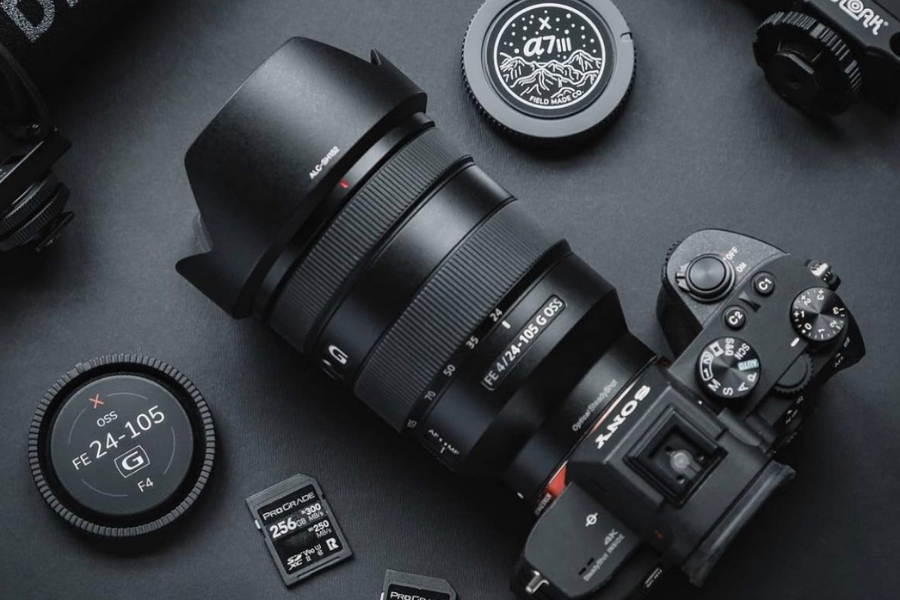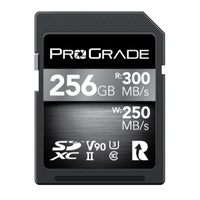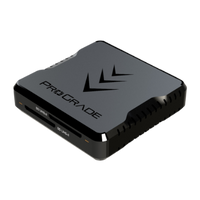Starting out in travel photography? Here are seven pro tips that will make traveling with your camera and photography gear a breeze.
1. Pack Only What You Need
Be selective about your travel photography gear. Only take what you really need and ditch everything you’re not sure about.
Experienced travel photographers will tell you that one of the biggest mistakes most new adventurers make is overpacking their camera bags. When we travel with our cameras, it’s our natural instinct to prepare ourselves for any light and weather conditions or circumstances that may arise. Being prepared is good, but that doesn’t mean we should stuff our entire gear into a camera bag.
Everything you add is not just one more thing to carry, but also another expensive thing you may break. The idea is not to strip your gear down to a bare minimum when traveling. The idea is to strip it down to what you know you need.
If you need a third lens or a tripod, by all means, pack it. But if you are not entirely sure about it, then don’t. A good rule of thumb is to leave behind everything that falls into the ‘I may need it‘ category.
2. Make a Travel Photography Packing List
Creating a packing list not only ensures you take everything with you, but it also helps to make sure you’re bringing everything back. It’s much more common to lose something during a trip than to forget to take it along in the first place.
Keep a list of all the items belonging to your camera bag, and make it a habit to check things off every time you’re done shooting and put stuff back in the bag. It’s easy to overlook and forget something you’ve packed for this trip that is not usually in your camera bag.
3. Invest in a High Quality Camera Travel Bag
Camera travel bags come in different shapes and sizes, but they all have one thing in common: they’re heavily padded.
Packing your travel photography gear in a regular suitcase or backpack and padding it all with your socks, shirts, and underwear is cost-effective only to the point something breaks. Not to mention all the extra hassle.
A good quality camera bag will make your life so much easier. It keeps all your stuff in one secure place and makes accessing your gear effortless.
4. Pack Extra Batteries and a Travel Adapter
Being constantly on the move and having long days are synonymous with traveling. You often have no time or opportunity to charge your batteries, so make sure you pack a couple of extra.
However, when you do have that chance, you don’t want to stand in front of the two-hole receptacle with a plug that has three pins. There are 15 different electrical outlet plugs and 8 variations of residential voltage in use worldwide. Check what’s waiting for you at your destination and pack a travel adapter if necessary.
5. Don’t Forget the Cleaning Stuff
There are several travel-sized accessory packs that contain everything you need to clean your lenses, filters, and camera sensor while out in the field. These kits come in handy, no matter whether you’re traveling to shoot the breathtaking lakes of Canada or the impressive skyline of New York.
Dust is everywhere, and after long days of traveling, shooting, and constantly assembling and disassembling your camera, it will eventually find its way on and into your travel photography gear.
6. Use Multiple Memory Cards and Keep Them Separated
Your travel photography gear is replaceable, but your photos and videos are not. That is especially the case when traveling with your camera gear.
Reshooting something in your hometown is frustrating but at least doable. Reshooting the epic waterfalls of Ireland, not so much when you are 2,000 miles away. To be safe, shoot on multiple cards and keep them separated. That way, you don’t lose all of your images even when the unexpected should happen.
Constantly backing up your images is also a smart move. That said, don’t label images you’ve copied to your computer safe, and certainly don’t erase your cards unless you’ve made multiple backups.
Memory cards are small, waterproof, and shockproof. They are much easier to carry around compared to external hard drives. If possible, plan everything so that you do not have to erase your cards on the go. Back your photos and videos to your laptop daily, but keep the originals.
7. Keep Your Memory Cards in a Dedicated Case
Again, there is no point in going through the hassle of traveling with your camera when you end up losing all the photos from that trip. Even though memory cards are water and shockproof, keeping them dry and avoiding bending or dropping them is still a wise idea.
Traveling increases the risk of damaging your cards, so it’s highly recommended that you keep your memory cards in a dedicated case, one that can take a beating. Having a safe place to put your cards makes you less likely to misplace and lose them.
Conclusion
With these seven tips, you should be able to take your camera and gear safely to any point on the globe. And with some planning ahead and simple preparations, you’re guaranteed to have fun and return with stunning images.
Reliable Memory Cards That Can Handle Traveling
ProGrade Digital manufactures high-quality memory cards for professional photographers. Our cards are designed to withstand demanding conditions and keep up with you even on your fastest-paced adventures. Explore ProGrade Digital Memory Cards >





